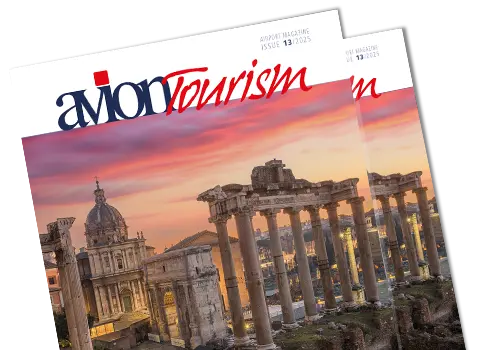The fairytale castles of Ludwig II become a UNESCO World Heritage Site
The famous castles of Ludwig II of Bavaria are officially listed as a UNESCO World Heritage Site. The award, proposed by the German Commission for UNESCO, covers four jewels of historic and visionary architecture: Neuschwanstein, Linderhof, Herrenchiemsee and the royal residence of Schachen.
With this addition, Germany reaches 55 UNESCO sites, confirming itself among the richest countries in terms of cultural and natural heritage globally.
Ascending the throne in 1864, Ludwig II of Bavaria pursued throughout his life the ideal of a parallel world, out of time, where he could live according to his dreams of absolute sovereign. Starting in 1867, he began building castles that still enchant millions of visitors today.
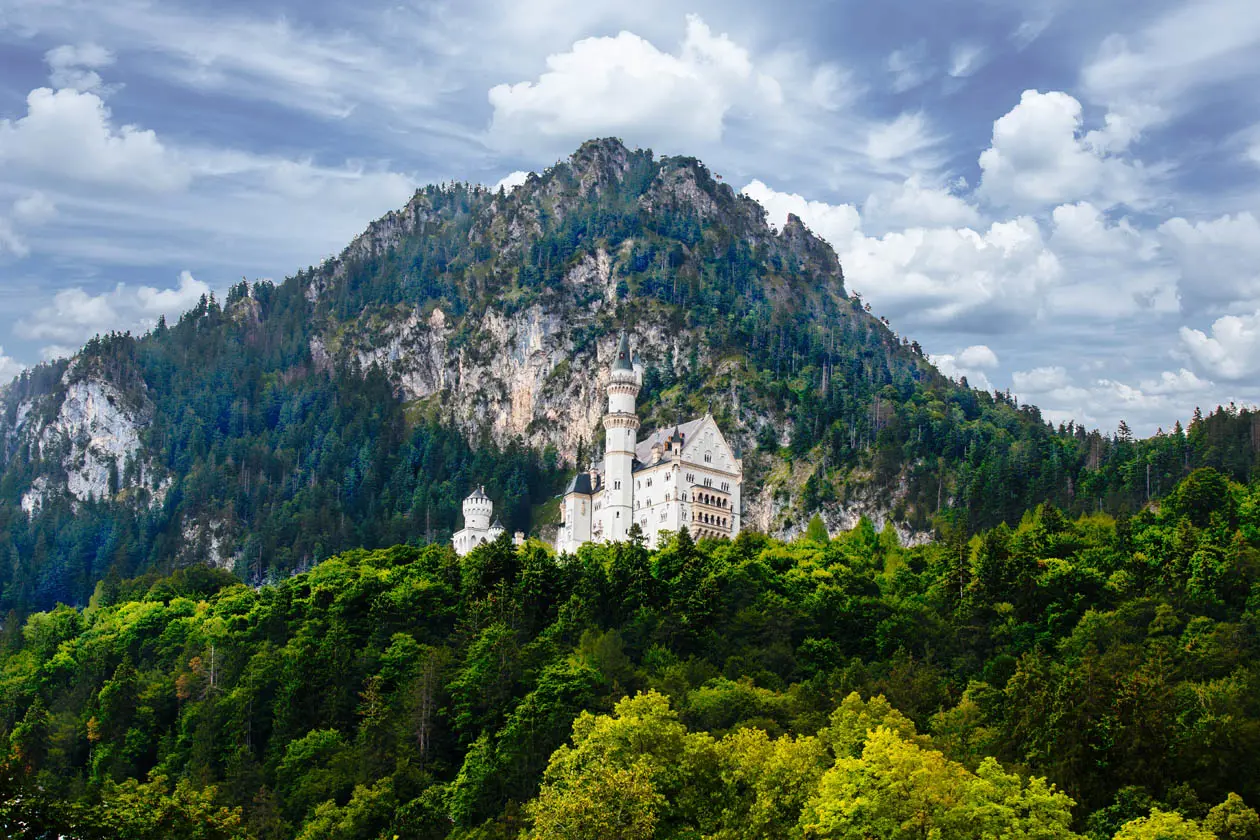
Neuschwanstein, the first and most iconic, stands in the Bavarian Alps with its fairytale towers and references to Wagner's operas, from Lohengrin to Parsifal. It welcomes over 1.4 million tourists every year, and has become a universal symbol of German romanticism.
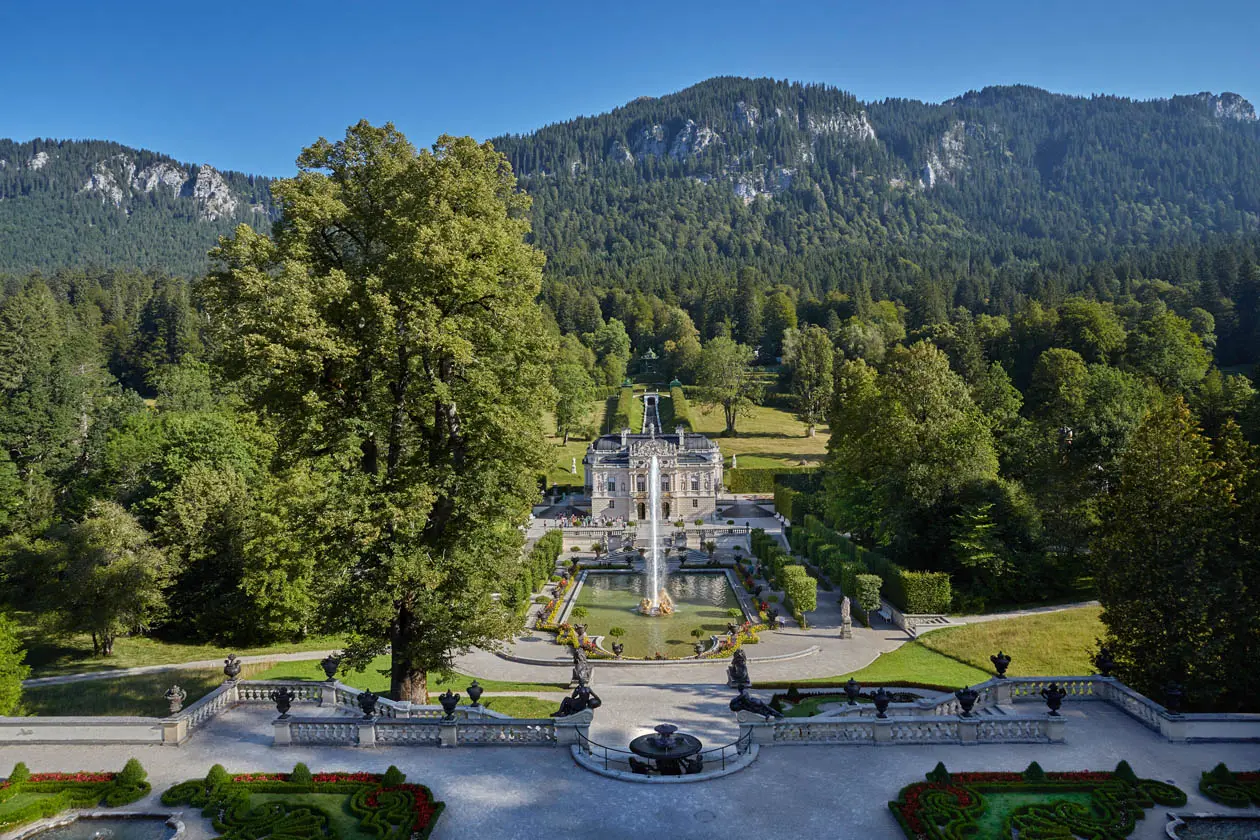
Linderhof, inspired by French and Oriental aesthetics, is the most intimate of the four, enriched by revolutionary technical inventions such as the Grotto of Venus with electric lighting as early as the nineteenth century.
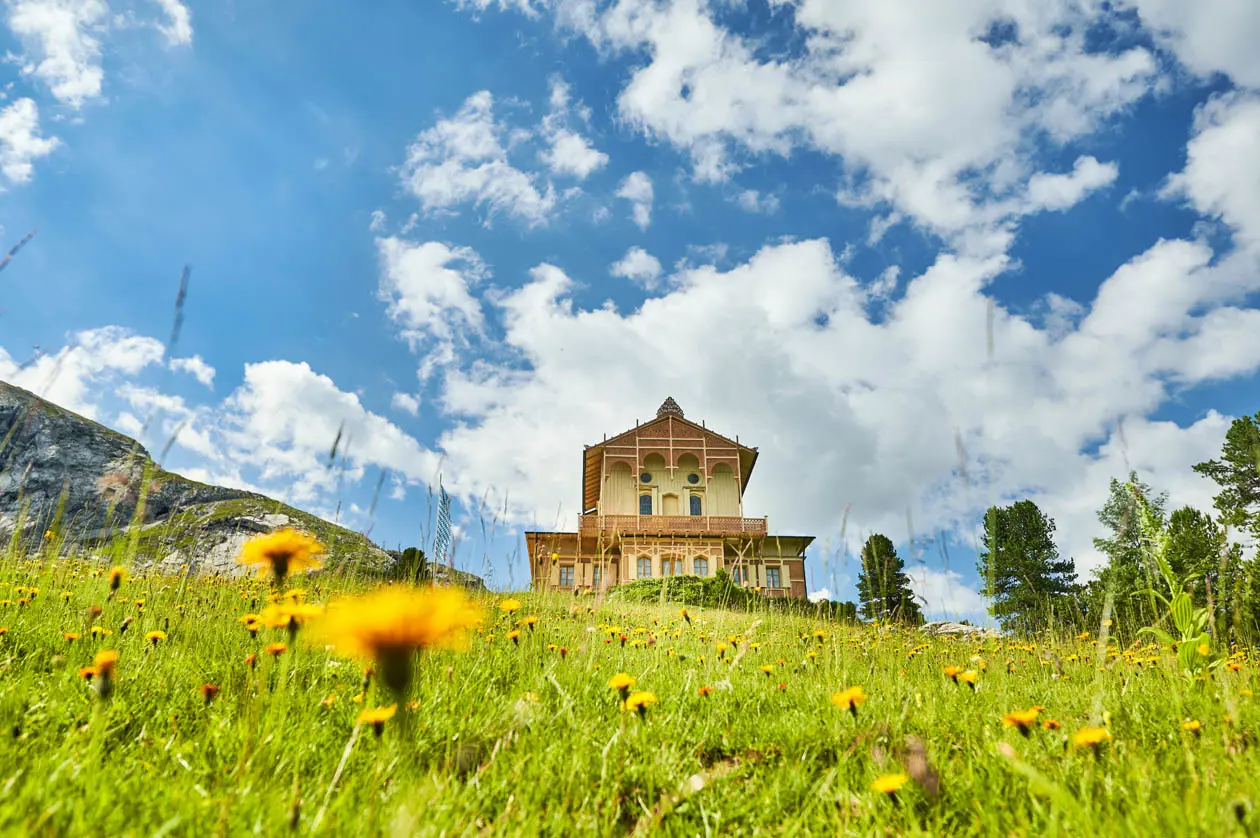
The residence in Schachen, at an altitude of 1,866 meters, houses a sumptuous Turkish Room: a place of escape surrounded by nature, but decorated with oriental luxuries worthy of a sultan.
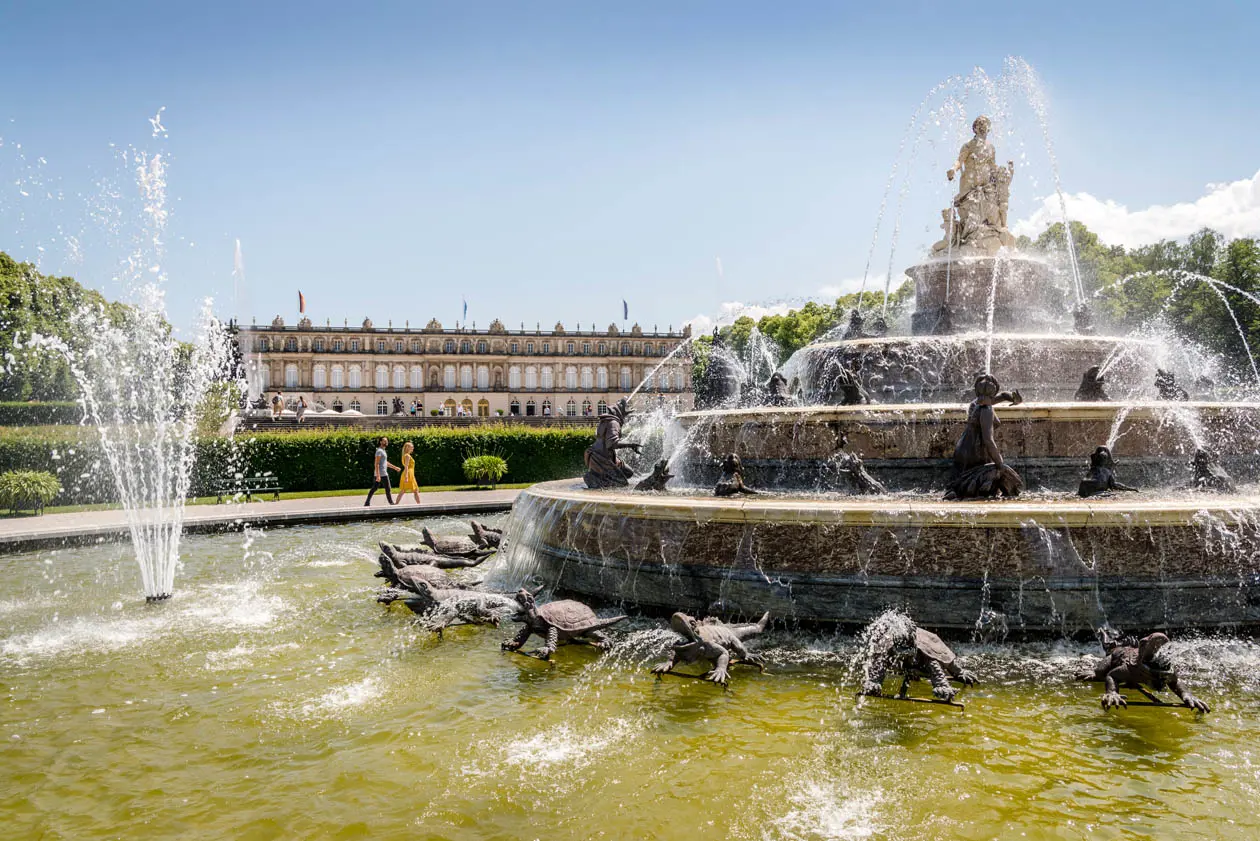
Herrenchiemsee, built on an island in Lake Chiemsee, wanted to emulate Versailles, but remained incomplete. It was Ludwig's most ambitious and expensive work, so much so that it contributed to his dismissal and tragic end in 1886.
The inclusion of Ludwig II's castles on the UNESCO list coincides with the 50th anniversary of the German Fairytale Route, underlining the deep connection between Germany's cultural heritage and its romantic imagery. Ludwig II, not surprisingly, has gone down in history as the "king of fairy tales": a visionary ruler who left a unique architectural legacy, capable of inspiring, exciting and marveling even today.






